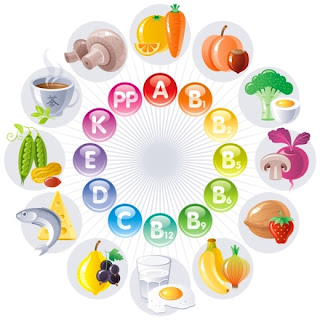In the multicellular organisms, various types of glands are found that can be grouped into two types : Exocrine glands and endocrine glands.
a) Exocrine glands: the glands whose secretions are conducted through duct (duct bearing glands). These glands produce enzymes.
b) Endocrine glands: the glands which do not have ducts and whose secretions are poured directly into blood (ductless glands). Special chemical substances produced but they are termed as hormones. Endocrine glands together constitute the endocrine system.
The principal function of endocrine system is to control, co-ordinate and influence the various physiological processes and activities of the body.
Hormones: Hormones (Gr. Hormaein meaning, “to excite”) are the special chemical messengers secreted in restricted areas of body by endocrine glands. They influence the activity of various organs. They have following properties-
i. They are called the “chemical messengers” of the body.
ii. They are effective even in small quantities. Their small amount produces a marked effect.
iii. They are transported to the target organs by blood, not by duct.
iv. They are proteinaceous or steroids.
v. They cannot be stored as they are oxidized or destroyed easily.
vi. Excess or deficiency of hormones may results serious physiological disorders.
vii. They are soluble in water and blood can easily diffuse through the cell membrane.
History - first hormone secretion was discovered by the English physiologist William M. Bayliss and Ernest H. Starling in 1903. Starling coined the term hormone in 1905. Banting, isolated insulin hormone in 1920 and was awarded Novel Prize in 1923.
Functions of hormones – According to Scharrer and Scharrer (1963), hormones regulate or control the following activities-
1. Growth, maturation, and regeneration – hormones regulates growth, moulting, metamorphosis, regenerative activities, diapauses, etc.
2. Reproductive activities- hormones control gametogenesis, development and maintenance of secondary sexual characters and initiation of spawning and ovipositon.
3. Metabolism and homeostasis – these regulates the basal metabolism, maintain internal environment factors including regulation of temperature, water and ion balance, blood glucose level, etc.
4. Adaptation- Hormones make adaptations to external factors including visual adaptation to light intensities and control of physiological colour changes.
Types of hormones
Depending on their chemical structures, hormones may be of following types:
1. Proteinous or polypeptide hormones like insulin, glucagon, secretion, parathormone, oxytocni, etc.
2. Steroid hormones like androgens, oestrogens and adrenocorticiods.
3. Phenolic hormones (neither protein nor steroid) like thyroxine, adrenaline or epinephrine, etc.
4. Glycoproteinous hormones like thyrotrophic, FHS, LH etc.
Endocrine glands in human
In human endocrine glands are found in different parts of the body. These endocrine glands are:
1. Pituitary gland
2. Thyroid gland
3. Parathyroid gland
4. Pancreas
5. Adrenal gland
6. Thymus
7. Pineal gland
8. Sex gland
Pituitary (Hypothalamic) gland
It is most important endocrine gland in the body. Pituitary gland is also called “master gland” because many of its hormones control the functioning of other endocrine glands.
Location: it is found at the base of brain, specifically the diencephalon and is enclosed in a depression of the sphenoid bone of the skull. It is connected to the influndibulum by a short stalk. There is communication between the hypophysis and the pituitary gland by means of nerve fibers and complex arrangement of blood vessels which pass between them through infundibulm.
Structure: pituitary glands or hypophysis is the small endocrine gland. It is a small body about the size of large pea, weighs about 1gm. It is reddish-grey in color and roughly oval in shape.
Morphologically, pituitary glands is composed of three lobes
a) Anterior lobe,
b) Intermediate lobe (pars intermedia),
c) Posterior lobe.
Functionally, the anterior and intermediate lobes of the pituitary gland are collectively known as andenohypophysis, while posteriorlobe is known as neurohypophysis.
Hormones of adenohypophysis
Anterior lobe of the pituitary lobe secrets seven different hormones which are briefly described here:
i. Follicle-stimulating hormone (FSH) – It stimulates development and maturation of ovarian follicles to produce eggs in females and to promote spermatogesis in males.
ii. Luteinizing hormone (LH) – in females LH stimulates ovulation, formation of corpus luteum and secretions of secondary hormone called progesterone and oestrogen








